In the shadowy world of art crime, where masterpieces are stolen and forgeries are crafted with painstaking precision, the work of the FBI’s Art Crime Team is nothing short of heroic. At the heart of this elite unit is Ronnie Walker, a founding member whose career as an undercover investigator reads like the plot of a high-stakes thriller. Walker’s journey into the realm of art crime began with a challenge that would test his skills and instincts: winning the trust of convicted burglar Jerry Christy.
Christy was no ordinary criminal. He was the mastermind behind a series of audacious thefts, including the theft of a 17th-century etching by Dutch master Rembrandt van Rijn. For Walker, who had spent years preparing for such a mission, this was the ultimate test. As a founding member of the FBI’s Art Crime Team, Walker was well-versed in art history and trained to pose as a would-be buyer, authenticator, or dealer of stolen works. His expertise and dedication would be crucial in bringing Christy to justice.
Walker’s entry into Christy’s world came through a 17th-century Rembrandt etching, which served as his "entrée into his ring." At the time, Walker was hyper-focused on learning about fine art prints, a knowledge that would prove invaluable in his undercover work. "I made him believe I was the kind of person who could sell a Rembrandt," Walker recalled. But the operation quickly became more complex when Christy’s expert accomplice, Kurt Lidtke, entered the picture.
Lidtke, a disgraced art dealer, had been imprisoned for selling his clients’ works without paying them the proceeds. While in prison, he had shared a cell with Christy, and the two had hatched an ambitious plan to steal valuable artworks from collections in the Pacific Northwest. Their goal was to amass a fortune worth hundreds of millions of dollars. Walker, still posing as an art dealer, resumed contact with Christy upon his release from prison. Christy soon carried out a successful burglary, and Lidtke, still in prison, reached out to Walker to sell the stolen paintings.
Walker’s art market knowledge allowed him to build rapport with Lidtke, and he gained their trust by pretending to sell three of their stolen artworks. As the FBI prepared a trap at the target’s home, Walker gathered information about their next potential victim. Despite being confronted by police while surveilling the property, Christy was allowed to leave the scene. Walker believes his performance was so convincing that Lidtke remained oblivious to his true identity until the very end.
The FBI eventually averted the burglary and arrested both Christy and Lidtke. Incriminating recordings collected by Walker during the sting operation helped secure their convictions on charges of conspiracy and transportation of stolen goods. In 2011, they were sentenced to four and five-and-a-quarter years in prison, respectively.
Walker’s involvement with the Art Crime Team dates back to the early years of the Iraq War. In 2003, as US troops advanced on Baghdad, looters plundered an estimated 15,000 artifacts from the National Museum in just 36 hours. Walker, who had been an FBI agent since 1996, expressed a willingness to investigate the thefts. Despite his background in business administration and accounting, he had always been drawn to art history and cases involving cultural heritage.
The FBI established the Art Crime Team in 2004, recognizing the need for experts to track down stolen artifacts and respond to future looting incidents. Walker was one of fewer than 10 founding agents trained in the history, vocabulary, and business of art. "Within the first year of being on the team, I started taking more advanced level college courses that helped inform my approach to these operations," Walker recalled.
The Art Crime Team’s mission extends beyond thefts to include forgery and trafficking rings. Given the prevalence of stolen artworks on the US market, the team also investigates art crimes committed overseas. Since its founding, the unit has recovered more than 20,000 items of cultural property, including thousands of items from the National Museum of Iraq. This two-decade haul is valued at over $1 billion, a figure that Walker calls "an oversized return on investment" for the FBI.
One of Walker’s last cases involved a dealer with "about $2 billion in inventory — that was all fake." His undercover operations often required meticulous preparation, akin to method acting. "It was understanding what that role should look like, and doing my best to understand that persona," he said. "But at the end of the day, when you’re in role, the best thing to do is just be yourself. It’s easier to lie when you’re telling the truth."
Walker’s performances also relied on "verbal or visual" cues typical of the professionals he was impersonating. He would sometimes dress the part, wearing expensive clothes of a high-end dealer or dressing down as an uber-wealthy collector. He even wore a pair of lucky Bob Ross socks for good measure. The work was dangerous, and there were moments when Walker feared for his safety. "Every single undercover meeting has the potential to escalate," he said, adding that individuals with no prior convictions could be more dangerous because they had more to lose.
Cases come to the Art Crime Team in various ways. Local police may alert the FBI to thefts if the stolen goods cross state lines. The bureau also invites the public to provide anonymous tip-offs via its National Stolen Art File, a database containing thousands of missing paintings, sculptures, and artifacts. Usually, however, missing art only comes to the authorities’ attention when it enters the market.
"Stealing the artwork is usually the easy part," Walker said. "It’s selling the artwork that’s the hard part because there aren’t too many people in the world — and certainly no reputable art dealers — who want to buy stolen art." The FBI’s running list of "top 10 art crimes" features various high-profile items that would be nearly impossible to move on the open market. The holy grail of art crime, in Walker’s view, is the 13 works stolen from Boston’s Isabella Stewart Gardner Museum in a notorious 1990 heist. "If you said you had a lead on them tomorrow, in any part of the world, the team would throw every resource they could at it," he said.
Art criminals’ motivations are almost always financial, and their downfall often shares a common theme: greed. While Walker didn’t see a significant increase in art-related crimes over his two decades investigating them, he believes perpetrators’ scope and abilities grew in that time. "Twenty years ago, largely, fraud was more of the household names and the dead guys. It was the Rothkos or the Picassos. But now it’s living contemporary artists that are being faked in their lifetime," he said, adding that technology now allows forgers to operate without conventional artistic skills.
After retiring from the FBI in December, Walker founded the Art Legacy Institute (ALI), a non-profit helping artists protect their work and livelihoods from fraud. His main preoccupation is now the threat posed to living artists. ALI is creating a detailed digital archive that he hopes would become the definitive record of an artist’s output. "Documenting what you create, as an artist, is the most important thing you can do," he said. As for identifying like-for-like replicas? That’s where technology comes in. Last month, Walker’s organization announced a partnership with optical AI firm Alitheon that can create a unique "digital fingerprint" for any artwork.
Walker’s career as an undercover investigator with the FBI’s Art Crime Team is a testament to his dedication and skill. His work has brought countless criminals to justice and recovered invaluable cultural property. As he transitions to his new role with ALI, his mission remains the same: to protect the world of art from those who seek to exploit it. In a world where art is both a source of beauty and a target for crime, Ronnie Walker stands as a guardian of our cultural heritage.

By Joshua Howard/May 14, 2025

By Samuel Cooper/May 14, 2025

By Victoria Gonzalez/May 14, 2025

By Elizabeth Taylor/May 14, 2025

By Sophia Lewis/May 14, 2025

By Thomas Roberts/May 14, 2025

By Sophia Lewis/May 14, 2025
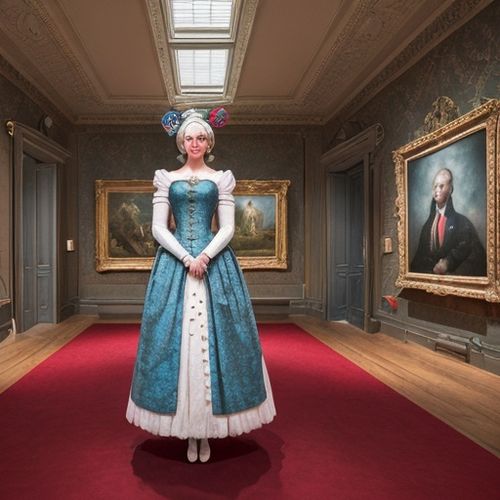
By James Moore/May 14, 2025

By Christopher Harris/May 14, 2025

By Megan Clark/May 14, 2025
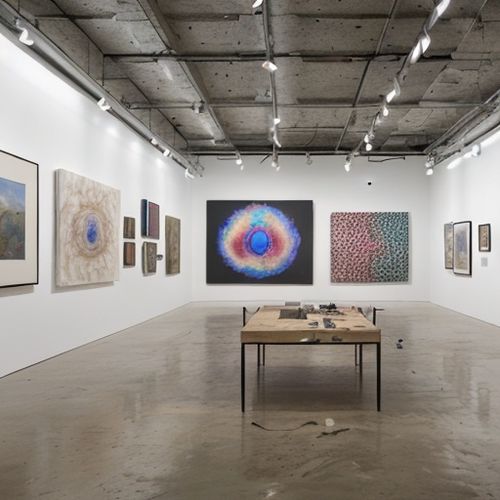
By Lily Simpson/May 14, 2025

By Rebecca Stewart/May 14, 2025

By Thomas Roberts/May 14, 2025
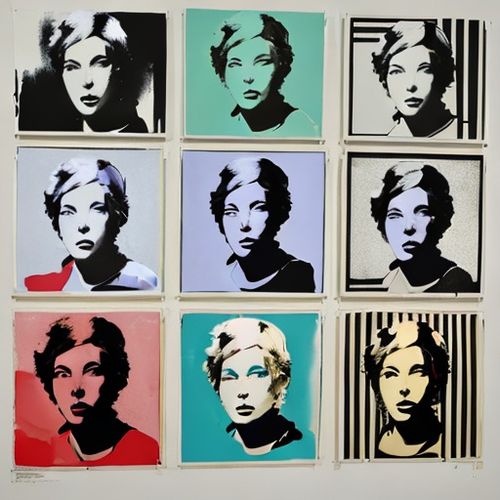
By Grace Cox/May 14, 2025
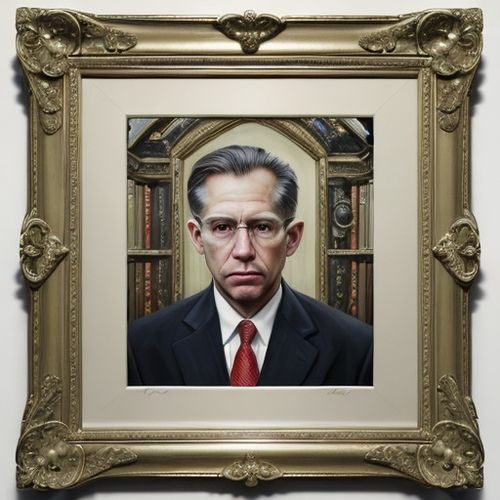
By Sarah Davis/May 14, 2025
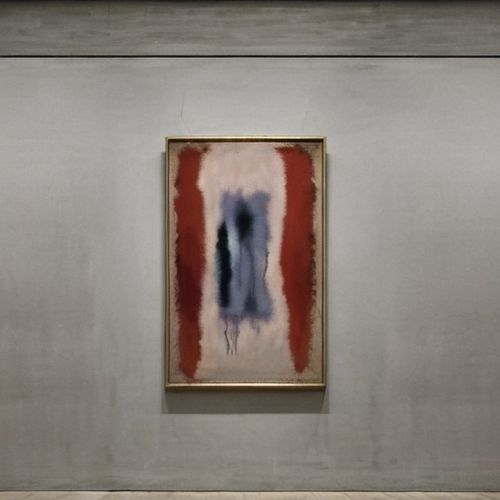
By Megan Clark/May 14, 2025
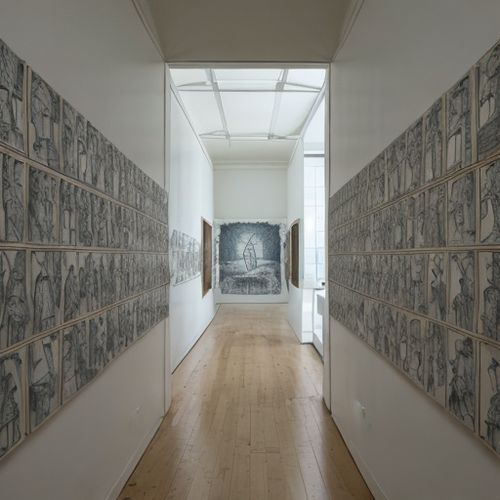
By Jessica Lee/May 14, 2025

By James Moore/May 14, 2025

By Samuel Cooper/May 14, 2025

By George Bailey/May 14, 2025